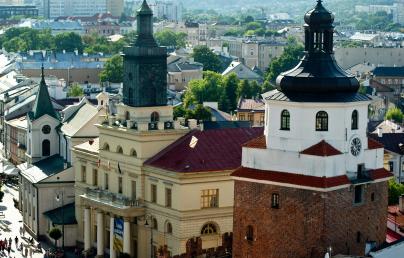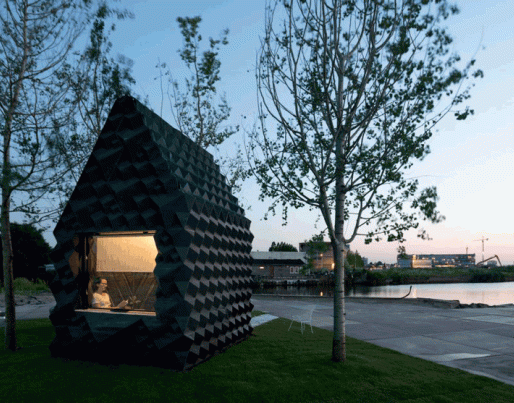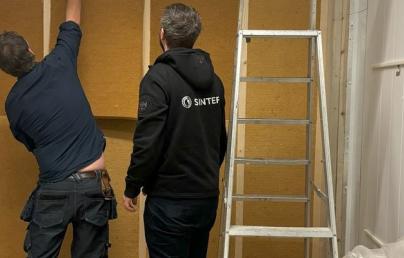
10 exemplary 3D printed houses around the world

10 exemplary 3D printed houses around the world
The evolution of building materials and processes has led to many possibilities of materials to choose, such as hay, tree barks, stone, timber, brick, mortar, or glass and steel. Today, we can create 3D-printed houses by using several technologies and materials which provide a different range of thermal and acoustic comfort.
The evolution of building materials has been quite an eventful journey. Across history and civilizations, new building materials have made their mark. This transition has resulted in immense possibilities, from using hay, tree barks, stone, timber, brick, mortar, or glass and steel. Materials have a great influence on the experiential quality of a space.
In this process, different materials started to use in 3d printers. Today, we can create 3D-printed houses by using these technologies. Different materials provide a different range of thermal and acoustic comfort. Materials also vary based on the region and the specific climatic conditions. The variations in building materials thus strengthen the thought that “Change is the only constant”.
How is 3D Printing Technology Growing in the AEC Industry?
A construction 3D printer employs a machine that builds houses by stacking the building material. This type of construction is termed “Construction 4.0”. In this technique, a paste material ejected through a tube. This includes materials like concrete or earth stacked in layers, thus creating a spatial volume.
This technology helps save time, effort, and material compared to traditional construction methods. But, 3D printing limited to the printing of walls and frames. Later, systems like windows, plumbing, etc., are conventionally installed. Despite these limitations, the technology is gaining traction owing to the minimal time required by the technology. This eliminates the time spent setting deep foundations, concrete settings, and other time-consuming methods involved in traditional constructions.
3D Printed Homes Across the Globe
Now that we have seen the potential of 3D printing in architecture and the advantages of 3D-printed construction, let us check out some 3D-printed homes that have pivoted the idea of housing technology worldwide.
1. Bio-plastic micro-home: This marvelous cabin structure designed by DUS Architects using sustainable bio-plastics and is located in the Netherlands. Bio-plastic used as a core material to print and construct this 8 sq. meter. Micro cabin, a form of additive manufacturing typically used in household 3D printers, to create its geometric walls. The Bio-plastic can be easily recycled and repeatedly reprinted. Using this method makes this project environment-friendly in the true sense. The use of black material renders this micro cabin with a customizable and ornamental facade. This cutting-edge design show how it is strategically conceptualized to induce form optimization.
Moreover, bioplastic makes the micro cabin naturally insulated, eliminating the need for mechanical ventilation. This also highlights the innovation in materiality and energy consumption. The modular interiors also feature a plush 3D printed bathtub, whereas the porch and steps in concrete open up the cabin into the park. Thus, creating an aesthetic transition between the built and the unbuilt.
2. Tecla: In collaboration with 3D-printing specialists WASP, Italy-based studio Mario Cucinella Architects has developed this low-carbon impact housing prototype, which goes by the name Tecla. A spatial enclosure formed by two connected domes with a total area of about 60-square-meters. The large skylight at the top of each dome allows light to penetrate the space from the top, making the space well-lit naturally.
The combination of modern technology, locally-sourced clay as the building material, and the multileveled 3D printer showcases the intersection of functionality and aesthetics.
Read the full article here.

